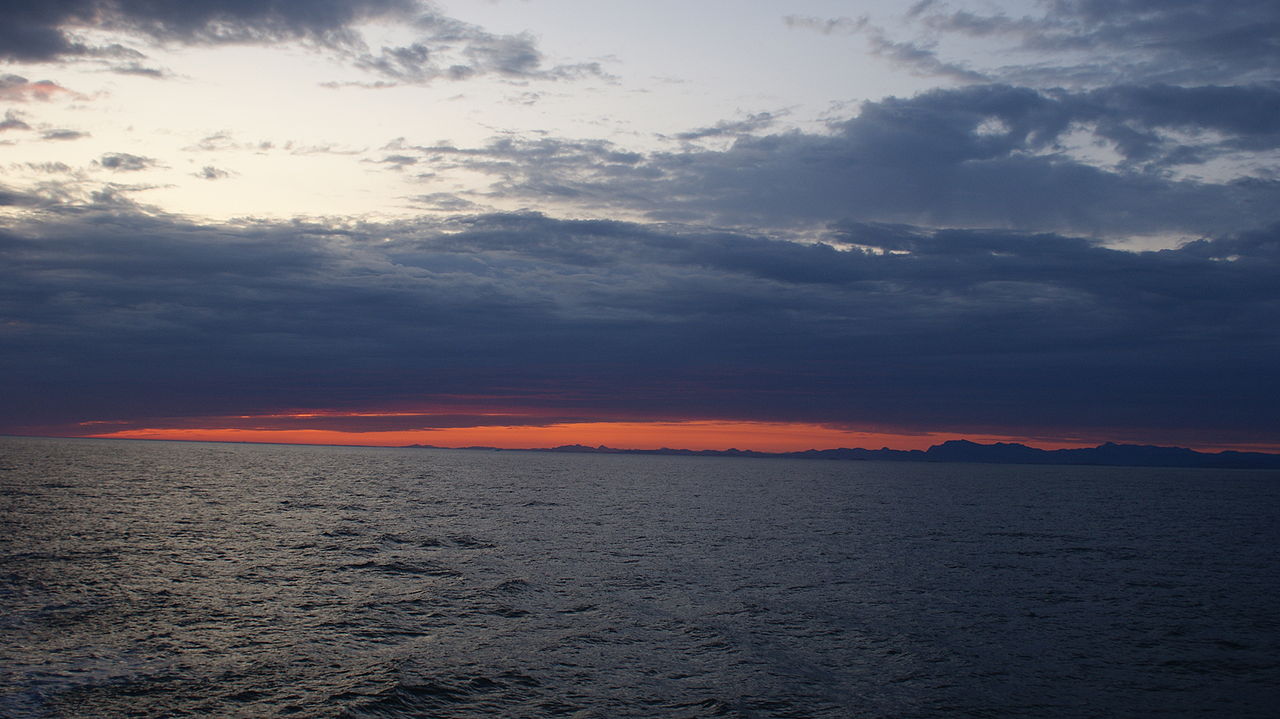A recent study finds that the observed weak linkage between the Labrador Sea convection, a process that mixes surface waters to depth, and the Atlantic Meridional Overturning Circulation (AMOC), a basin-scale circulation critical to the climate system, can be attributed to the density compensation by temperature and salinity.
Using observational and reanalysis data, this study finds that while convection produces significant decrease in both temperature and salinity in the boundary currents of the Labrador Sea, density does not change much due to the compensated effects by temperature and salinity. As a result, the imprint on the AMOC, which is a measure of transformation from lighter waters into denser waters, is relatively weak.

[rand_post]
This finding reveals the critical role of density compensation in setting the strength of the overturning circulation in the Labrador Sea.
Comments from lead-author Sijia Zou, Postdoctoral Investigator at Woods Hole Oceanographic Institution:
“While many models simulate a direct response of the AMOC to convection in the Labrador Sea, here we point out that such a linkage may be determined by the density structure throughout the basin. It is therefore important to have an accurate estimate on the density field to improve AMOC simulations and future predictions.”
“It is not clear whether the compensated density structure will change under continuous global warming and enhanced freshwater input from the Arctic. Continuous observations and modeling studies in the Labrador Sea may aid answering this question.”